Henri Matisse is the best known of this colorful, innovative group of painters.
c. 1905–1910 C.E.
Henri Matisse is the best known of this colorful, innovative group of painters.
c. 1905–1910 C.E.
Fauvism, developed in France, became the first new artistic style of the 20th century.
We're adding new content all the time!
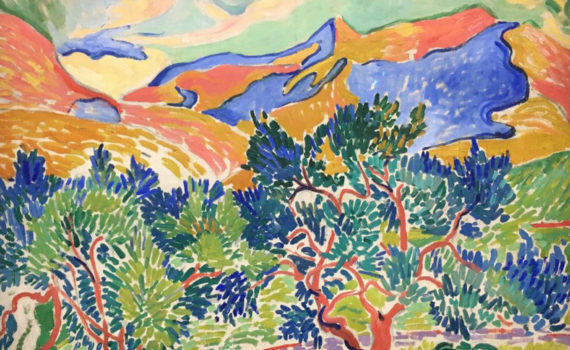
The Fauves created paintings that seem to celebrate the pleasures of painting as much as the pleasures of life.
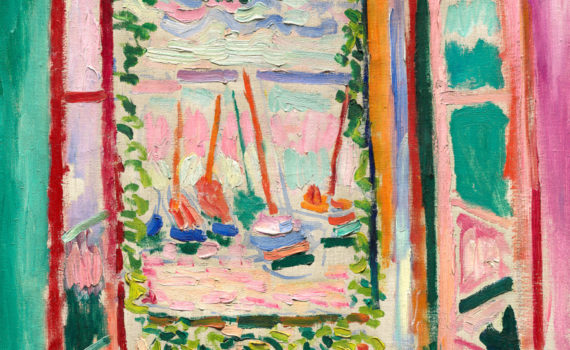
Although the style implies a rapid or even slipshod painting process, Open Window, Collioure was carefully orchestrated in every aspect.
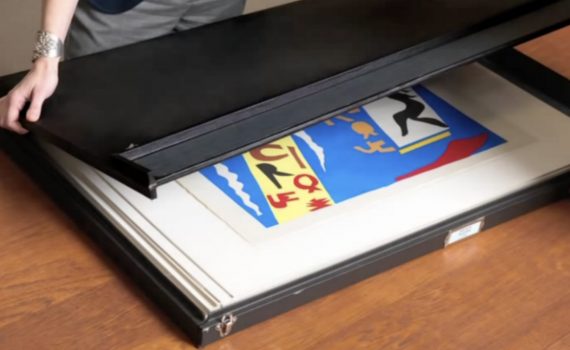
At first glance this looks like a series of cheerful circus images, but upon further inspection, it’s much darker.
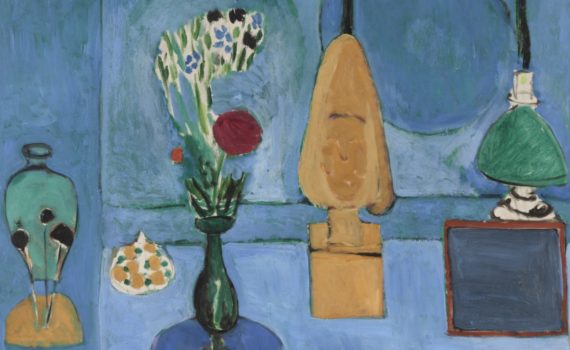
When Matisse painted this, all the cool kids were into cubist geometry—and Matisse was definitely cool.
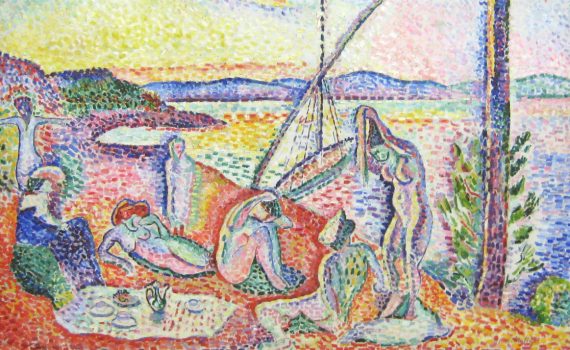
Matisse borrows brushwork technique from his pal Signac—but don’t call him a Pointillist just yet.
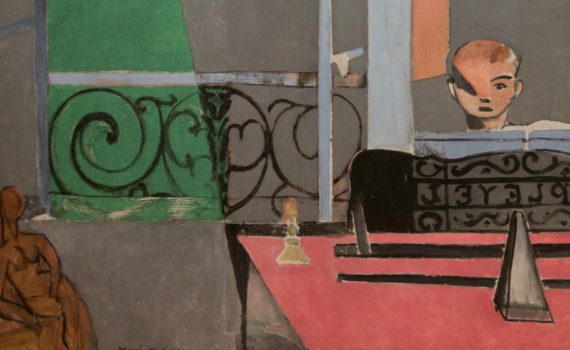
Here, Matisse commits the cardinal parenting sin of conflating his own childhood experiences with those of his son.
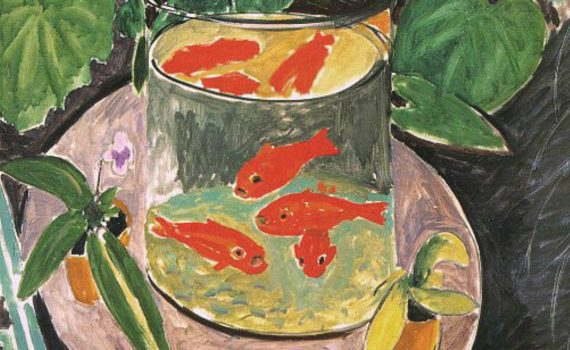
To say that Matisse “had a thing for goldfish” would be kind of an understatement.
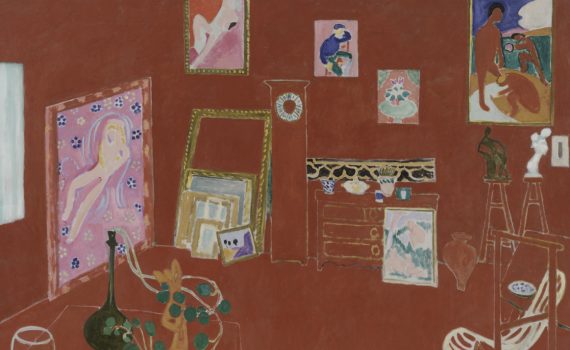
In this painting of the artist’s studio, it’s Matisse vs. the illusion of space in a bloody battle royale.
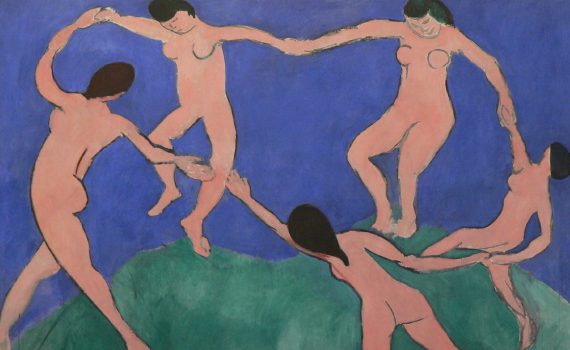
You know that painting from third grade your mom won’t take off the fridge? This is different. Mostly.
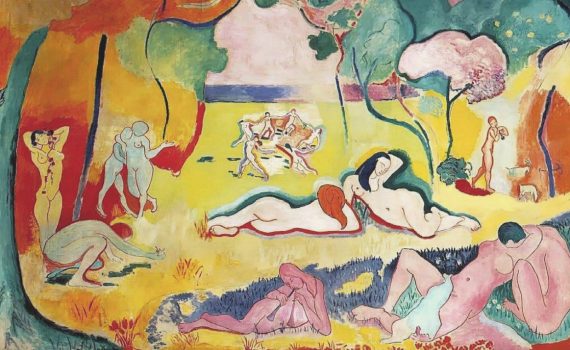
Though its languid poses reference Titian, this was regarded as the most radical painting of its day.